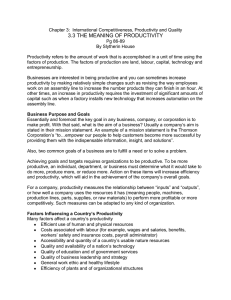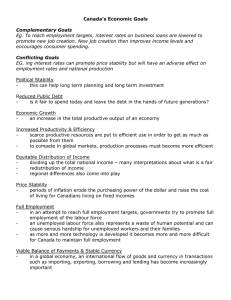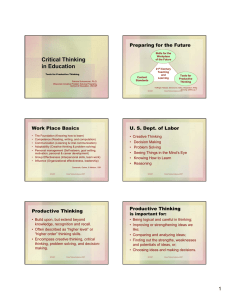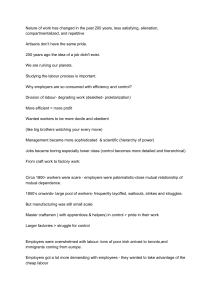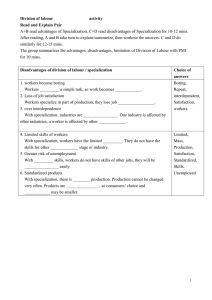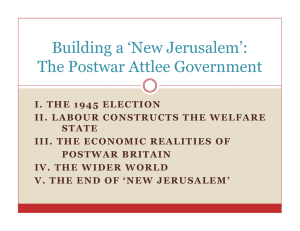Pay Gaps in Frictional Labour Markets: ∗ Chris Bidner
advertisement
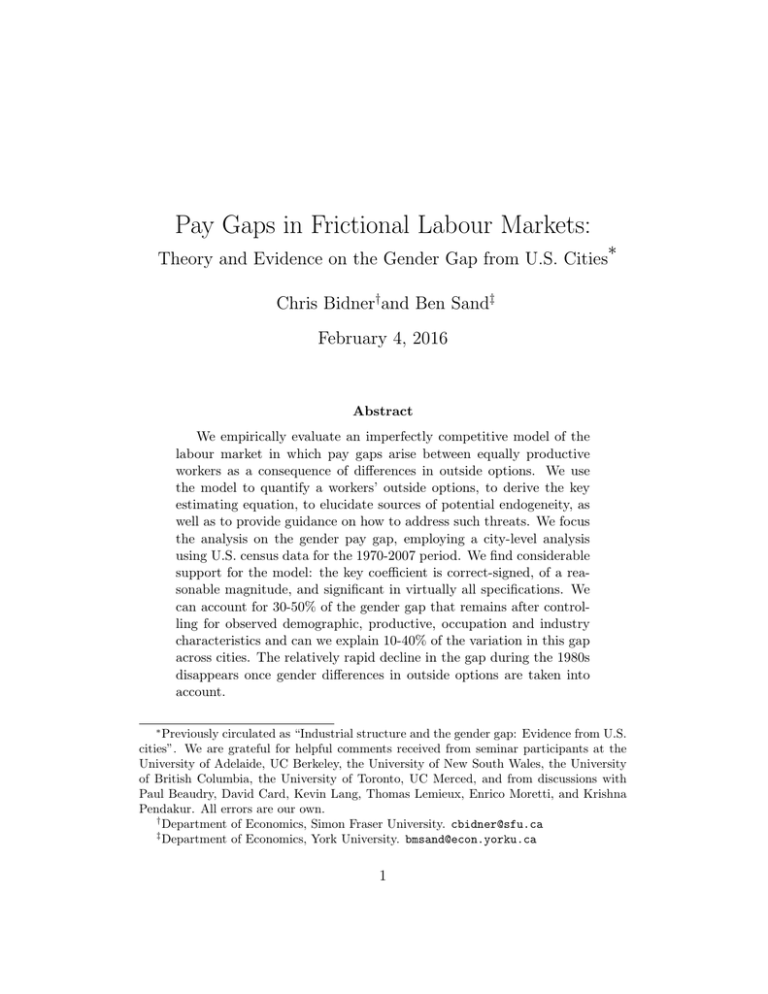
Pay Gaps in Frictional Labour Markets: ∗ Theory and Evidence on the Gender Gap from U.S. Cities Chris Bidner†and Ben Sand‡ February 4, 2016 Abstract We empirically evaluate an imperfectly competitive model of the labour market in which pay gaps arise between equally productive workers as a consequence of differences in outside options. We use the model to quantify a workers’ outside options, to derive the key estimating equation, to elucidate sources of potential endogeneity, as well as to provide guidance on how to address such threats. We focus the analysis on the gender pay gap, employing a city-level analysis using U.S. census data for the 1970-2007 period. We find considerable support for the model: the key coefficient is correct-signed, of a reasonable magnitude, and significant in virtually all specifications. We can account for 30-50% of the gender gap that remains after controlling for observed demographic, productive, occupation and industry characteristics and can we explain 10-40% of the variation in this gap across cities. The relatively rapid decline in the gap during the 1980s disappears once gender differences in outside options are taken into account. ∗ Previously circulated as “Industrial structure and the gender gap: Evidence from U.S. cities”. We are grateful for helpful comments received from seminar participants at the University of Adelaide, UC Berkeley, the University of New South Wales, the University of British Columbia, the University of Toronto, UC Merced, and from discussions with Paul Beaudry, David Card, Kevin Lang, Thomas Lemieux, Enrico Moretti, and Krishna Pendakur. All errors are our own. † Department of Economics, Simon Fraser University. cbidner@sfu.ca ‡ Department of Economics, York University. bmsand@econ.yorku.ca 1
